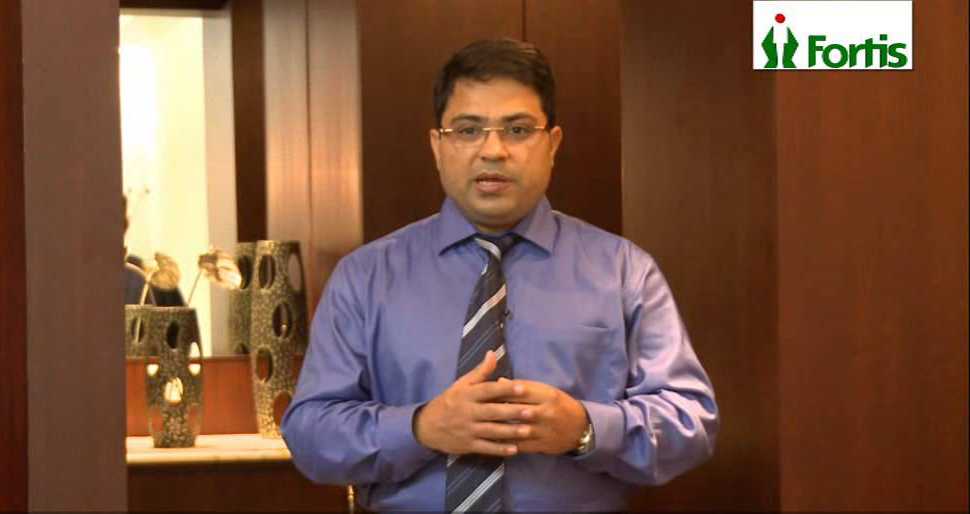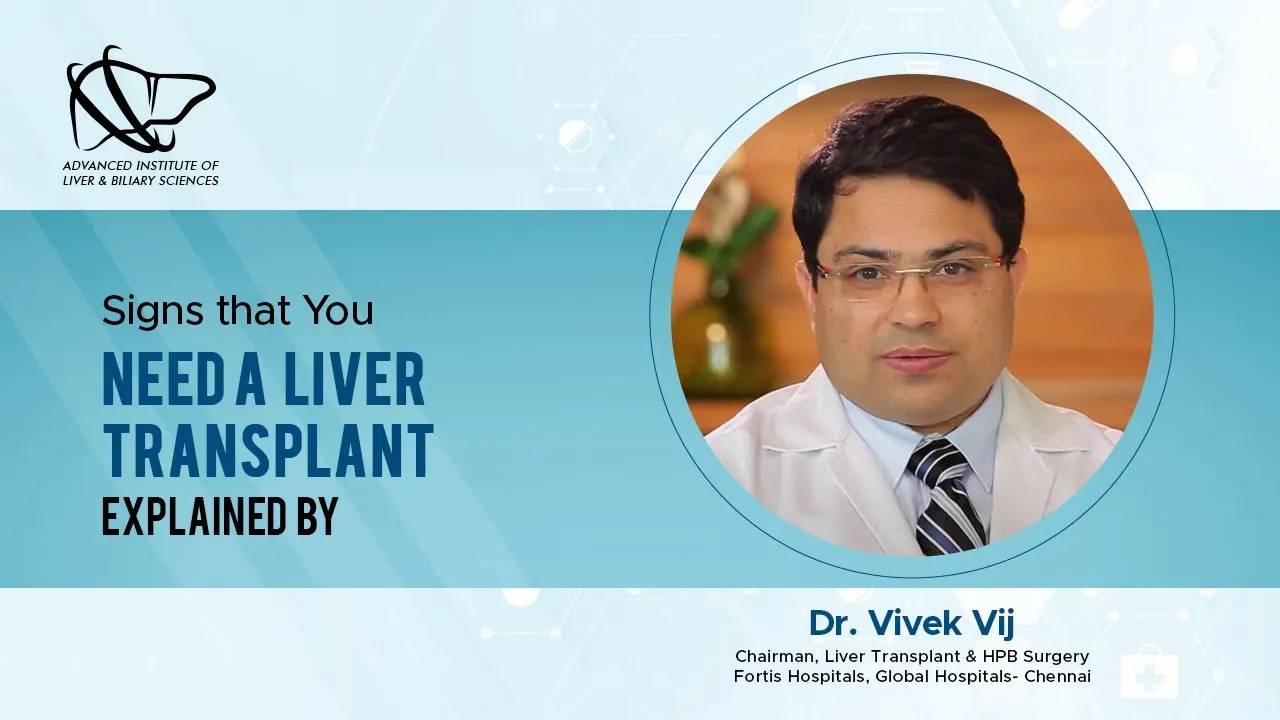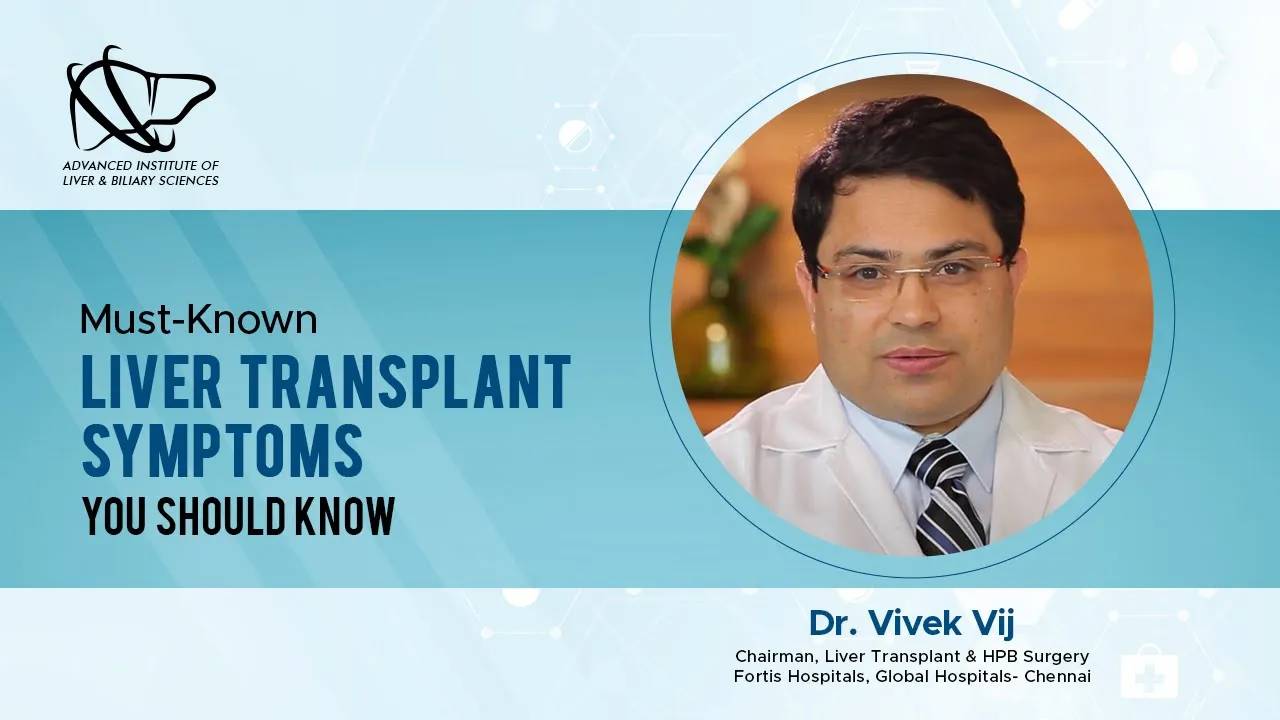The liver is the largest internal organ in the human body with more than 500 functions. On a major level, the liver plays an important role in digestion, metabolism, protein synthesis, hormone production, and enzyme production. However, the most important function of the liver is the detoxification of the body. In simpler words, the liver pushes out toxic materials and waste produced by the body.
This means that alcohol consumed by a person is also filtered out by the liver. But that happens only when the intake is within limits. The liver is can regenerate when it is harmed, but even that function works to a certain limit. After a point of time, when the liver has gone through huge amounts of abuse through alcohol, the damage becomes irreparable. How does this happen? Let’s discuss it in detail.
About one third of the alcohol that a person intakes goes into the stomach. The rest goes into the small intestine, where it is absorbed into the blood and sent to the kidneys and liver to filter it out. The liver metabolizes the alcohol and breaks it down into Acetaldehyde, which is a toxic chemical.
The body knows the threat it poses and burns Acetaldehyde instead of fat. This is the normal mechanism. However, too much alcohol leads to storage of fat in the liver. The excess of Acetaldehyde begins to damage the liver cells. This is the beginning of the fatty liver disease, marked by an unusual abdominal pain. Further consumption of Alcohol causes the liver to be inflamed with some loss of function.
This inflammation is a condition called Alcoholic Hepatitis. Marked by bloating, loss of appetite, jaundice, fever, confusion, and fatigue, amidst other symptoms, this disease can be cured. However, it requires a long term restraint on alcohol consumption immediately.
Alcohol, Liver, and Brain Function
When the body becomes completely unable to remove the toxins, they then get transferred to the brain through the bloodstream. This results in the loss of brain function, confusion, varying levels of consciousness, coma, and even death. This condition is called Hepatic Encephalopathy.
Alongside this, when the damage done to the liver reaches a level where the normal lining has been replaced by scar tissue, the inflammation becomes aggravated, and the liver becomes lumpy. As a result, the lumpy and hard liver does not allow filtration of blood and bodily fluids. This scarring of the liver caused by drinking too much alcohol is called cirrhosis and is often preceded by conditions like fatty liver disease or alcoholic hepatitis. An important thing to note here is cirrhosis cannot be cured, not even with abstinence.
Beyond this, the scarring and inflammation can develop into cancerous tumours inside the liver, a condition that is called hepatocellular carcinoma, or HCC. Shockingly, HCC is the most common type of cancer, which raises quite a lot of questions.
Living healthy is not only just a fundamental right for everyone, but it is also a virtue that needs to be followed. Consumption of alcohol should be done in limits and must not turn into a habit. If you or anyone you know requires any professional help, the best liver transplant surgeon and liver health coach, Dr Vivek Vij at AILBS will be glad to help. Get in touch for any consultation or help with conditions pertaining to the liver, and get the best treatment right now.
{
“@context”: “https://schema.org/”,
“@type”: “BlogPosting”,
“mainEntityOfPage”: {
“@type”: “WebPage”,
“@id”: “https://www.ailbsindia.com/alcohol-liver-know-stake/”
},
“headline”: “ALCOHOL AND THE LIVER: KNOW WHAT IS AT STAKE”,
“description”: “The liver is the largest internal organ in the human body with more than 500 functions. On a major level, the liver plays an important role in digestion, metabolism, protein synthesis, hormone production, and enzyme production. However, the most important function of the liver is the detoxification of the body. In simpler words, the liver pushes out toxic materials and waste produced by the body.”,
“image”: {
“@type”: “ImageObject”,
“url”: “https://www.ailbsindia.com/wp-content/uploads/2020/02/Healthy-Liver-02.png”,
“width”: “”,
“height”: “”
},
“author”: {
“@type”: “Person”,
“name”: “Dr. Vivek Vij”
},
“publisher”: {
“@type”: “Organization”,
“name”: “Dr. Vivek Vij”,
“logo”: {
“@type”: “ImageObject”,
“url”: “https://www.ailbsindia.com/wp-content/uploads/2016/12/cropped-logo-1.png”,
“width”: “”,
“height”: “”
}
},
“datePublished”: “2020-02-12”,
“dateModified”: “2020-02-12”
}


